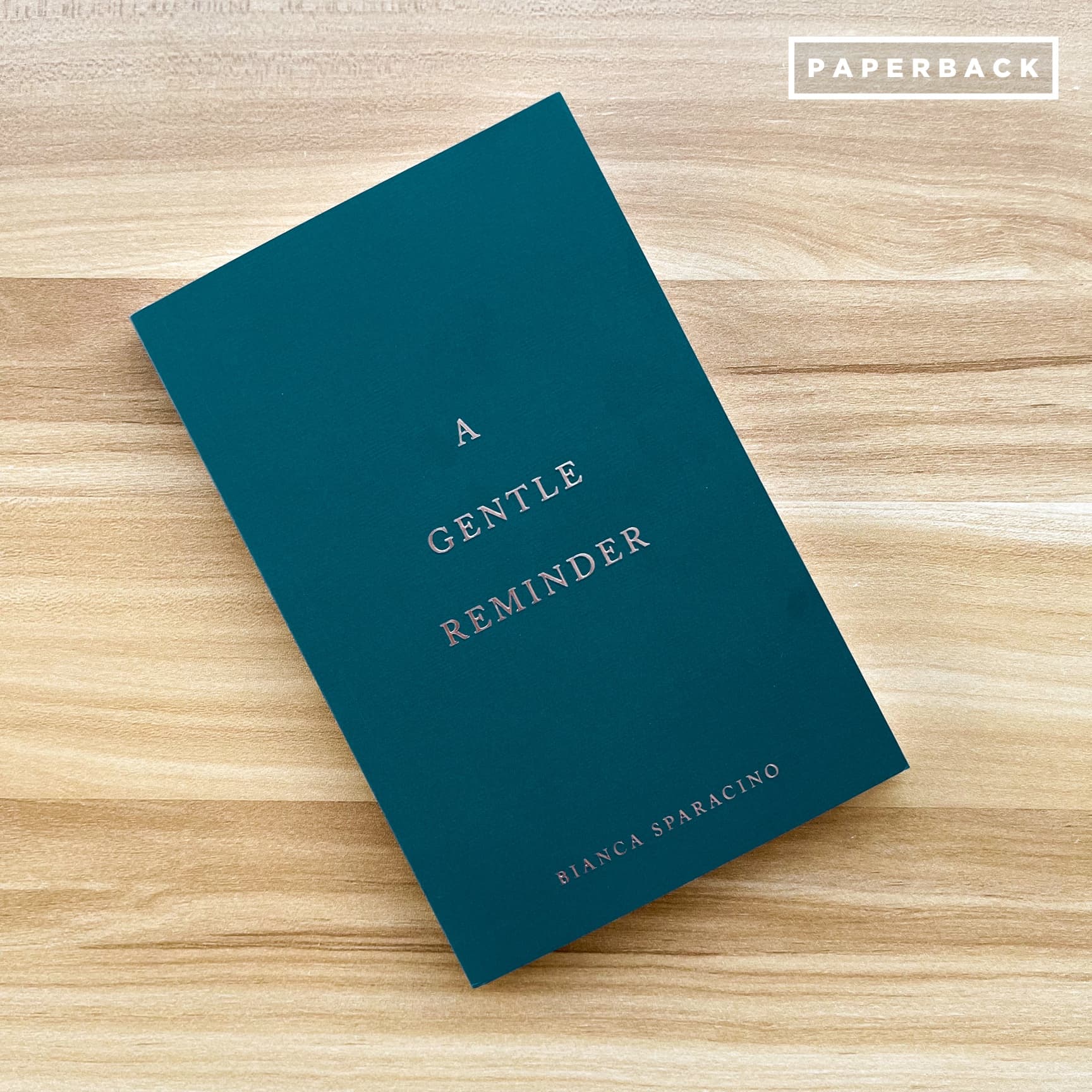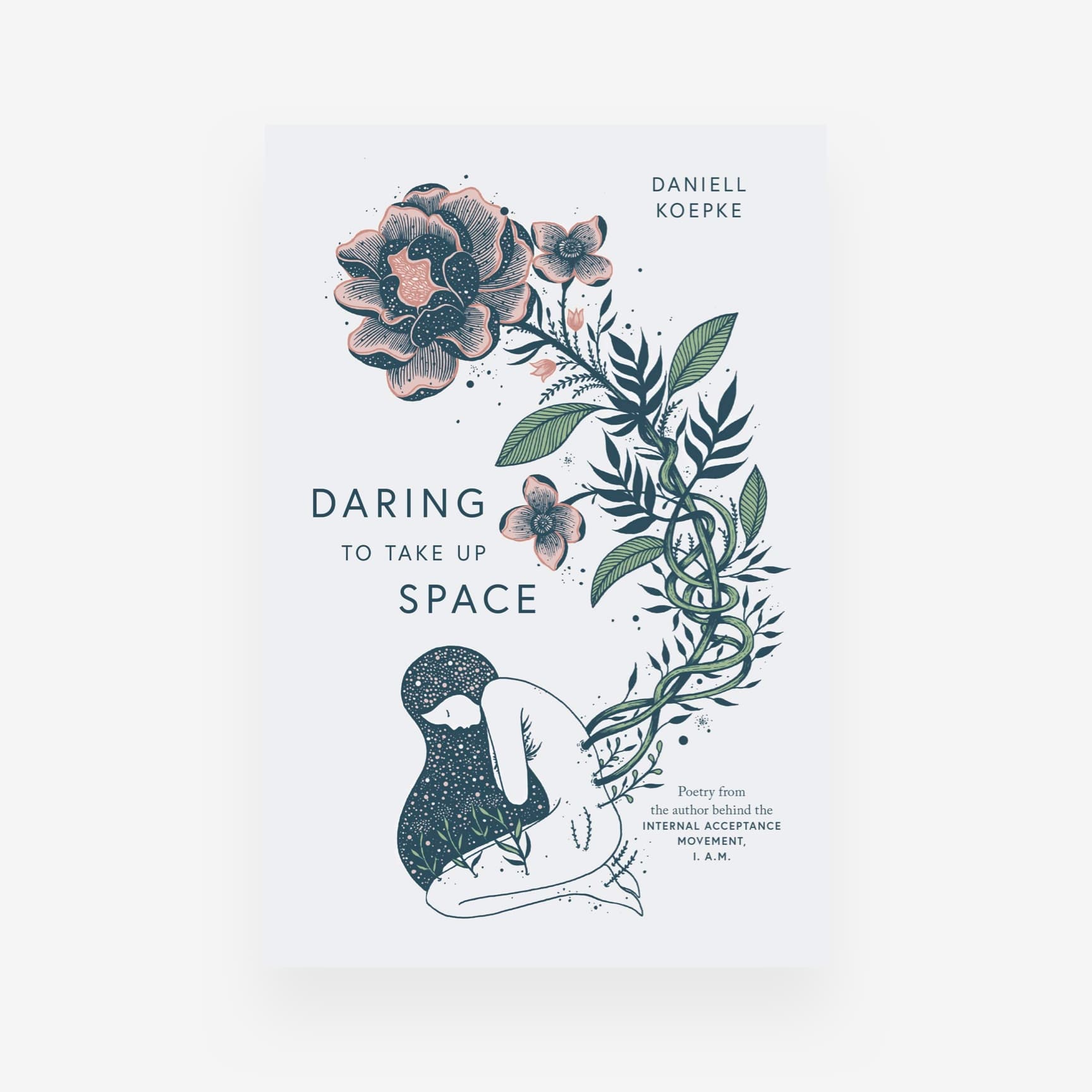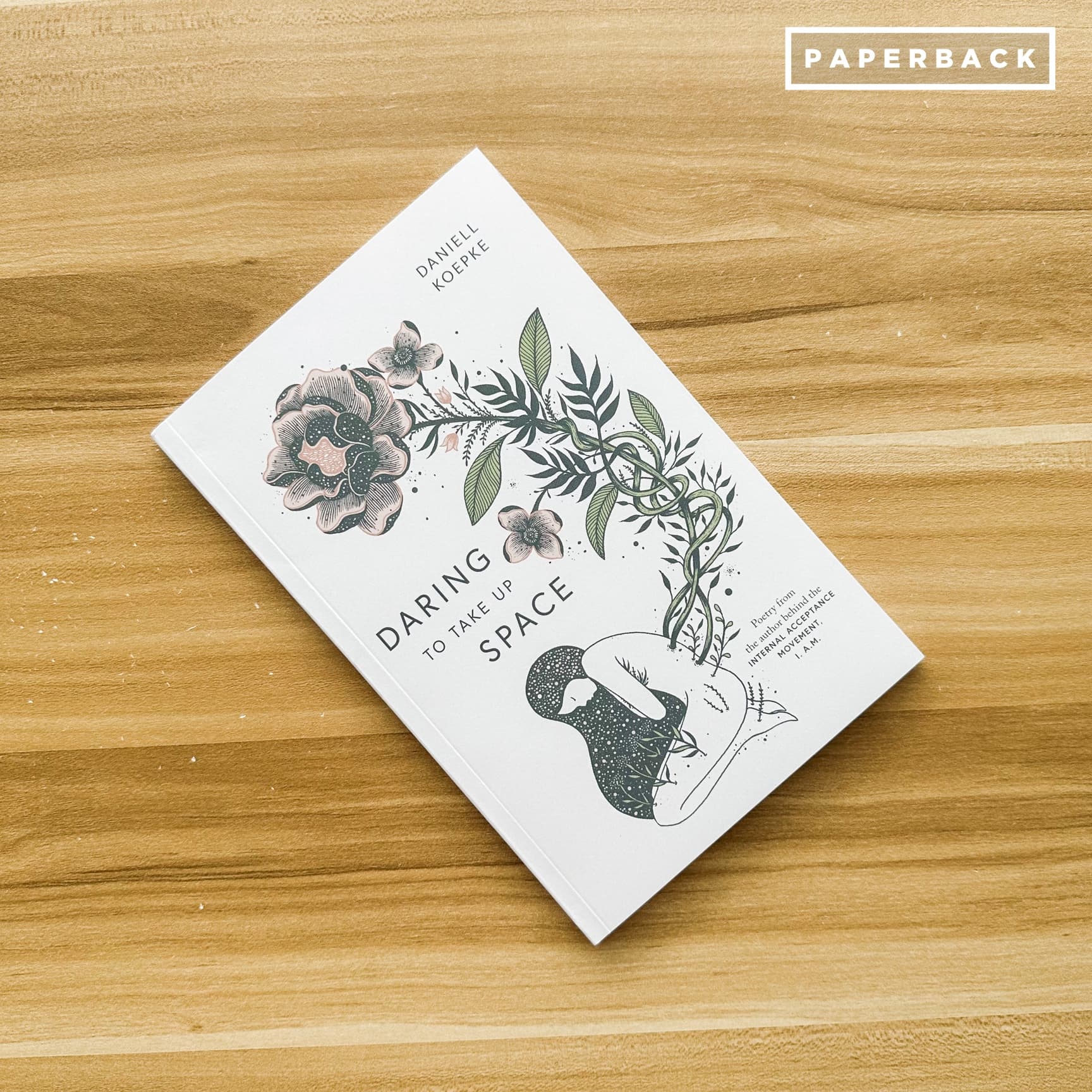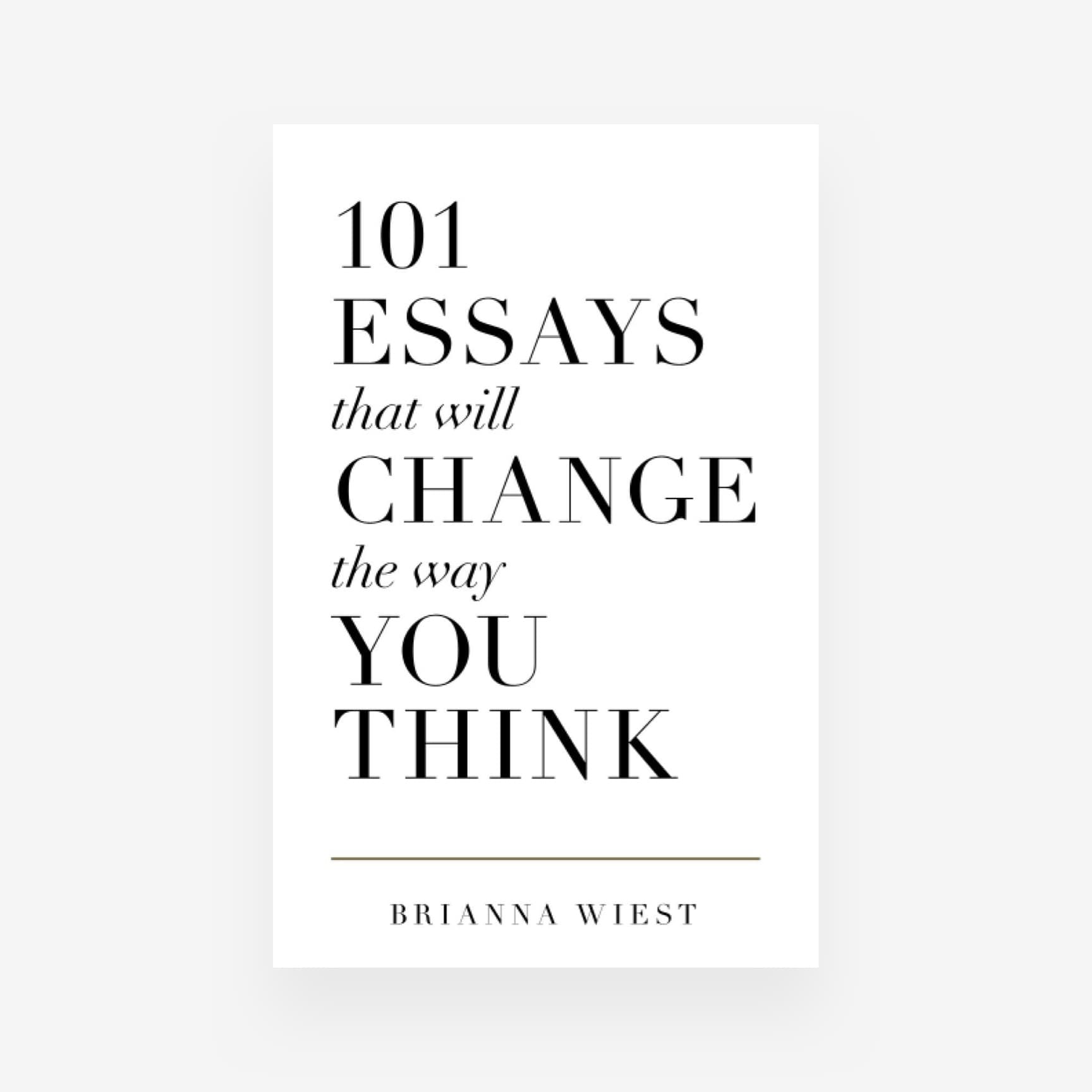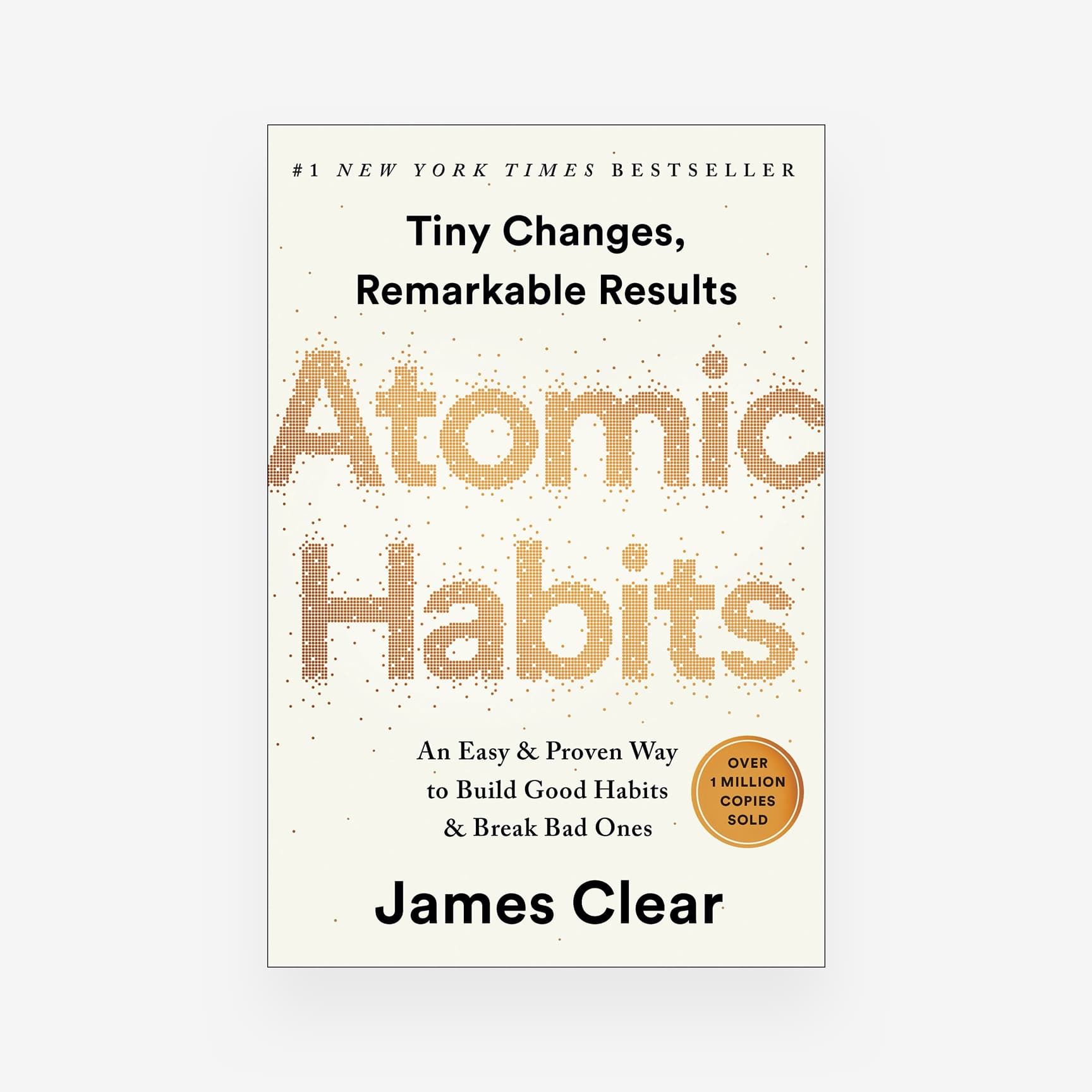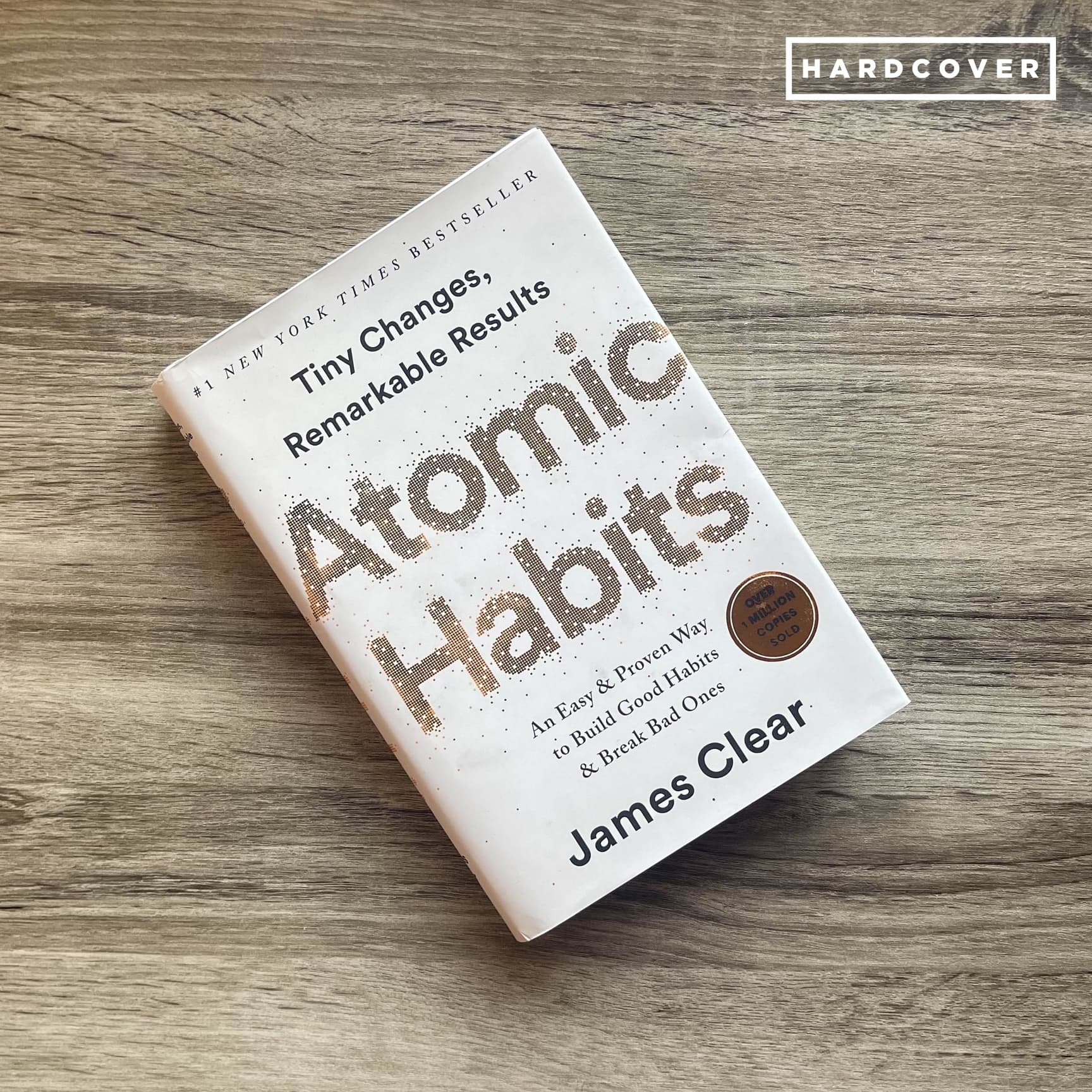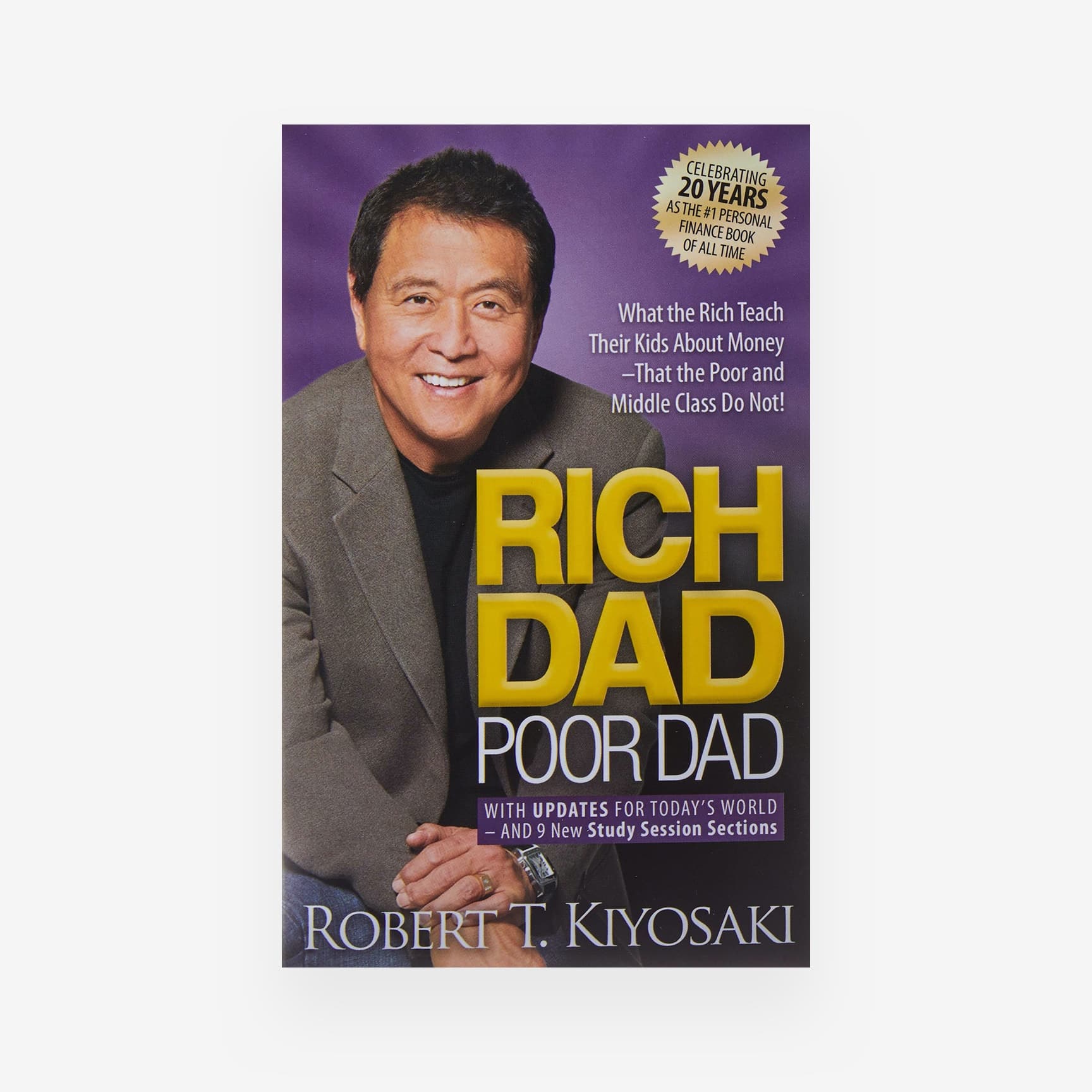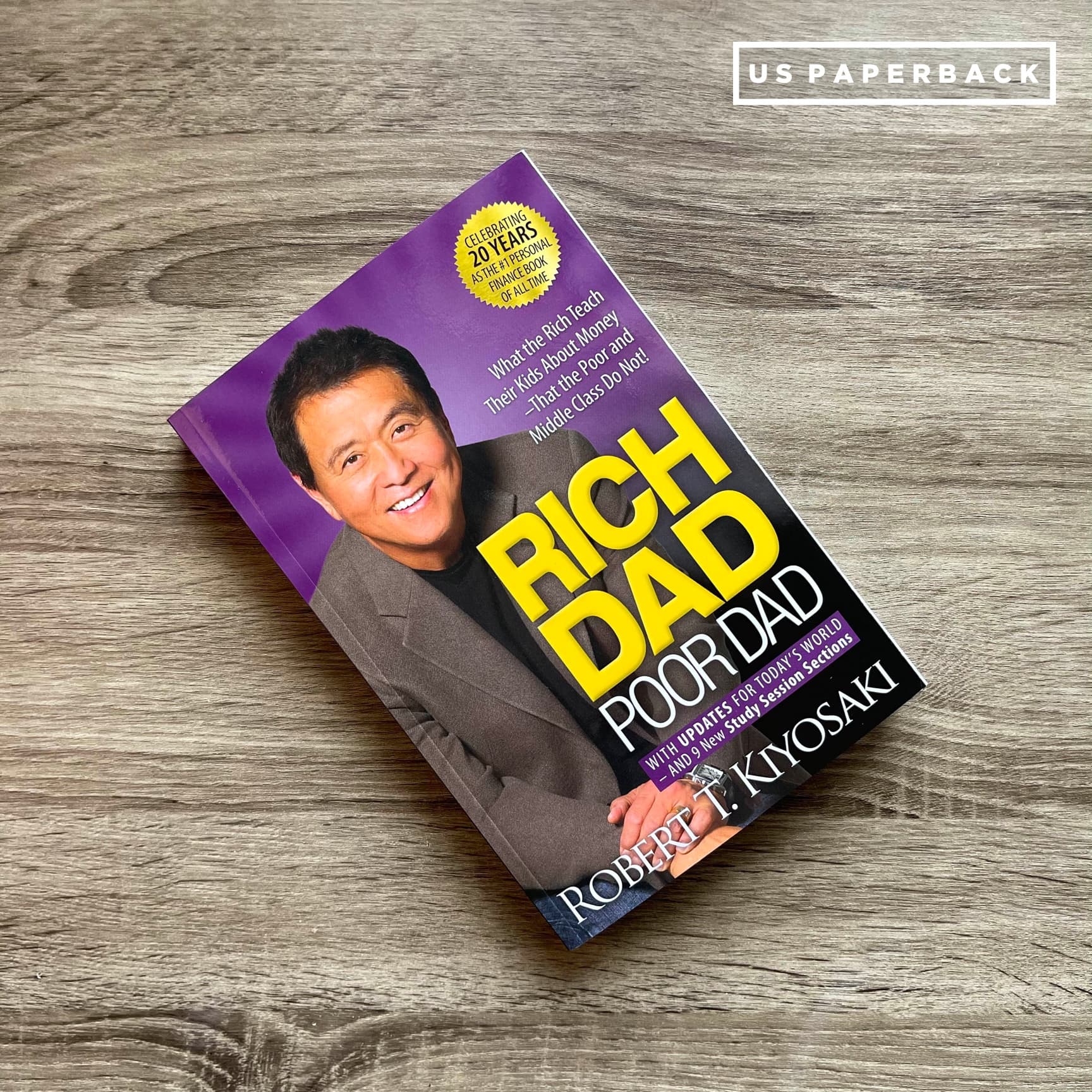If you’re anything like me, you know what it’s like to live in a constant rush. I used to wake up every day feeling like I was already behind. My mornings were a blur, my afternoons were chaotic, and by the time evening rolled around, I’d hardly made a dent in my to-do list.
I’d scramble to finish things at the last minute, feel defeated by what I couldn’t get done, and lie in bed with my mind racing over the next day’s tasks. I was in desperate need of something to help me regain control over my time and my focus.
That’s when I stumbled upon the First Step Planner from Gregory Books PH. I was skeptical at first—after all, how much could a planner really change? But it wasn’t just a place to jot down my to-do list; it was a tool designed to help me set goals, prioritize my day, and finally find the clarity I’d been craving.
Little did I know that this planner would completely reshape my approach to work, time, and even my mental well-being. Here’s how it all unfolded.

Chapter 1: The Wake-Up Call
It all started when I missed a critical deadline. I was overwhelmed by my workload, my calendar was bursting with back-to-back tasks, and there was no space to breathe, let alone focus. I realized I needed a structured way to manage my time. I wanted to feel calm, capable, and in control, but I didn’t know where to start.
Then, a friend recommended the First Step Planner. She told me it wasn’t just about listing tasks; it was about aligning daily actions with long-term goals, breaking down big projects into manageable steps, and making time for reflection. She described it as a “roadmap to your dreams,” and that phrase stuck with me. Maybe this was exactly what I needed to get out of my chaotic rut.
Chapter 2: Setting Up the Planner and Dreaming Big
I unwrapped my new First Step Planner and felt a thrill of possibility. The first pages invited me to map out my big dreams and long-term goals. I started by writing down three things I wanted to accomplish by the end of the year. They were simple yet meaningful: write a book, get promoted at work, and work on my fitness. Writing these down wasn’t just a task; it was a moment of clarity, like putting a pin on a map and saying, “This is where I’m going.”
Next came the monthly and weekly goal sections. For each goal, I identified the steps I’d need to take. The planner walked me through it—breaking down each of these lofty dreams into weekly and daily actions. Instead of feeling overwhelmed by the magnitude of what I wanted to accomplish, I started to feel excited and grounded. With a clear plan in place, I could already see the path ahead of me.
Chapter 3: Building My Weeks with Purpose
The first Monday with my planner was like starting a new chapter. I opened to the weekly overview and started planning my tasks. This wasn’t like any other to-do list I’d made before. The weekly section encouraged me to look at the big picture, set key goals, and break them down into specific actions for each day. This method forced me to prioritize. Rather than throwing every possible task into my week, I asked myself what truly needed to get done to move closer to my goals.
For example, one of my goals was to write a book. I scheduled time to brainstorm in Week 1, outline the structure in Week 2, and start writing one chapter a week after that. Breaking it down like this made a huge project feel like a series of manageable steps. I realized I was no longer rushing; I was pacing myself, following a thoughtful, steady plan. It felt liberating.
Chapter 4: A Day in the Life with First Step Planner
When I started using the daily pages, I noticed the difference immediately. Each morning, I’d sit with my coffee and open the planner, using the space provided to list my top three priorities. I’d write out what I needed to accomplish that day to make progress on my weekly goals. Instead of being reactive, I was proactive—I knew exactly what I needed to focus on.
One of the planner’s best features is the daily time-blocking section. I’d heard about time-blocking before but never gave it a real shot. Now, with a structured layout prompting me, I started assigning specific times for each task. For example, I’d block off 9–11 AM for focused writing time, 2–3 PM for project work, and so on. This was a game-changer. Instead of constantly bouncing from one task to another, I had dedicated time to focus on each one. Time-blocking helped me stay in “the zone” longer, and I actually got more done without feeling overwhelmed.
Chapter 5: The Unexpected Benefits of Reflection
One of the things that set the First Step Planner apart was its reflection sections. At first, I didn’t think I’d use these much—who has time to sit and think about their day or week, right? But I decided to give it a shot. Each evening, I’d spend just five minutes reviewing what I’d accomplished, where I struggled, and what I could do differently tomorrow.
The impact was profound. Reflecting on my day gave me a sense of closure. I felt accomplished, and even if things hadn’t gone perfectly, I could learn from the setbacks. This daily reflection helped me improve my approach to tasks, spot patterns that caused distractions, and be kinder to myself when things didn’t go as planned. It was a practice that helped me end each day on a positive note and wake up the next day feeling ready to tackle whatever came my way.
Chapter 6: Rediscovering Balance and Clarity
As the weeks passed, I noticed subtle but powerful changes in myself. I wasn’t rushing around as much. The planner had given me the structure I needed to make time for everything important. Because I was planning and prioritizing, I no longer felt the need to cram every minute of my day with tasks. I could leave space for breaks, recharge, and even enjoy my free time without guilt.
With a clear path laid out in front of me, my focus improved too. I wasn’t just jumping from one thing to the next—I was moving with purpose, knowing that each task was bringing me one step closer to my bigger goals. My work performance improved, my stress levels decreased, and I felt a newfound sense of calm and confidence.
The Transformation: From Chaotic to Confident
The First Step Planner didn’t just help me organize my tasks—it changed my mindset. I went from someone constantly overwhelmed by a long list of things to do, to someone who could see the bigger picture and break it down into small, manageable steps. Each morning, I’d open my planner and know exactly what I needed to focus on that day, and each night, I’d go to bed with a sense of accomplishment.
It’s amazing how much difference a little structure can make. With the First Step Planner, I found a way to turn my dreams into actionable steps, my daily tasks into a journey, and my chaotic schedule into a life I was proud of.
Final Reflections: Why the First Step Planner Might Be Right for You
If you’re feeling overwhelmed, unfocused, or constantly in a rush, I can’t recommend the First Step Planner enough. It helped me transform the way I work and live, giving me clarity, focus, and a renewed sense of purpose. Sometimes, all it takes is a simple tool to unlock your potential and help you take the first step toward a more organized, balanced, and fulfilling life.
Ready to give it a try? The journey awaits, and with the right tools, there’s no limit to what you can achieve.
Check out these similar reads:



